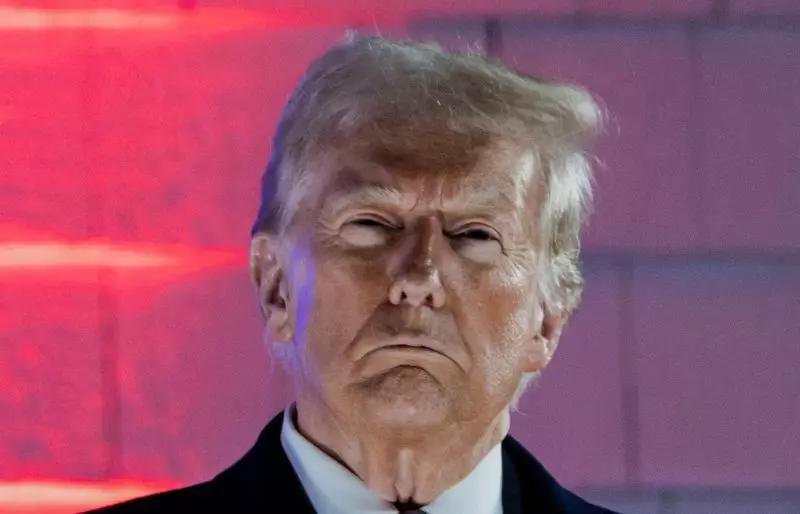As the global economy remains in flux, monitoring shifts in U.S. trade policy is critical for investors and policymakers alike. Although President Donald Trump did not impose immediate tariffs upon taking office—a move that many had anticipated—financial analysts like those from Barclays urge stakeholders not to become overly relaxed. The release of the “America First Trade Policy” memorandum signals a strategic directive that outlines potential future actions on tariffs, particularly on April 1, 2025, when comprehensive reports on trade are expected to be presented.
Rather than an abrupt imposition of tariffs, Trump’s memorandum serves as a foundational document that may influence the administration’s future trade positions. This memo directs U.S. agencies to examine existing trade deficits and formulate responses, potentially resulting in new tariff proposals that could reshape international trade relationships. Analysts highlight the importance of the April timeline, suggesting it’s not just a date—it’s a strategic pivot point that may herald significant changes in trade policies aligned with Trump’s “America First” doctrine.
The timeframe surrounding April 1, 2025, also facilitates the confirmation of pivotal positions within the administration, including key figures such as Howard Lutnick as Commerce Secretary and Jamieson Greer as the U.S. Trade Representative. The filling of these roles is deemed crucial for shaping a cohesive tariff strategy, underscoring the importance of coordinated governmental action. Investors should remain vigilant during this period, as the completion of these appointments could catalyze changes in tariff frameworks.
Investors looking to understand the potential landscape for tariffs should be aware that the Trump administration may consider various options, including universal tariffs or targeted tariffs against specific nations. Concerns have already been raised regarding the prospect of 25% tariffs on goods from Mexico and Canada, and up to 100% tariffs on Chinese imports, especially regarding high-profile issues like cybersecurity and data privacy. These possibilities indicate that a more structured approach to tariffs may soon replace impulsive remarks from the White House.
Furthermore, the memorandum outlines a directive to investigate the underlying causes of the United States’ persistent trade deficits. By dissecting the factors contributing to these deficits, the administration seeks to devise remedial measures that may encompass either broad tariffs or specific policy initiatives. Analysts caution that nations and sectors with the largest trade deficits with the U.S. could become primary targets for future tariffs, shaping an economic landscape where strategic considerations outweigh hasty decisions.
As the U.S. navigates its complex relationship with global trade partners, the interplay between policy, politics, and economics will remain at the forefront. The forthcoming reports and strategic appointments will be integral in informing the trajectory of U.S. tariff policy. Thus, monitoring these developments closely will be indispensable for anyone invested in understanding the shifting sands of international trade amid an “America First” approach that promises to reconfigure traditional trade dynamics.

